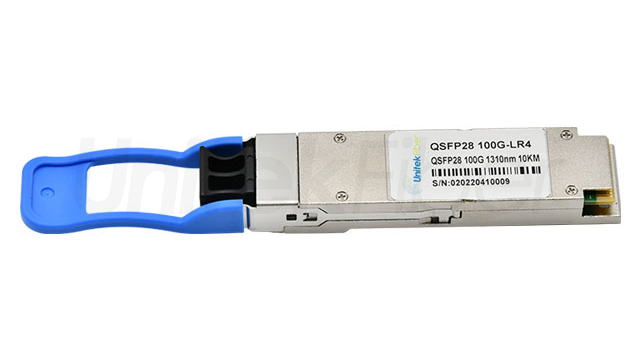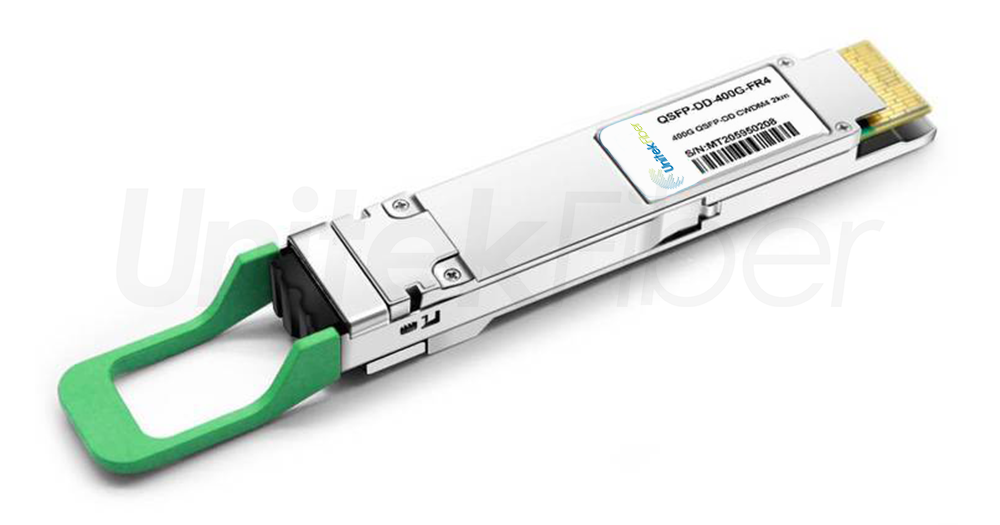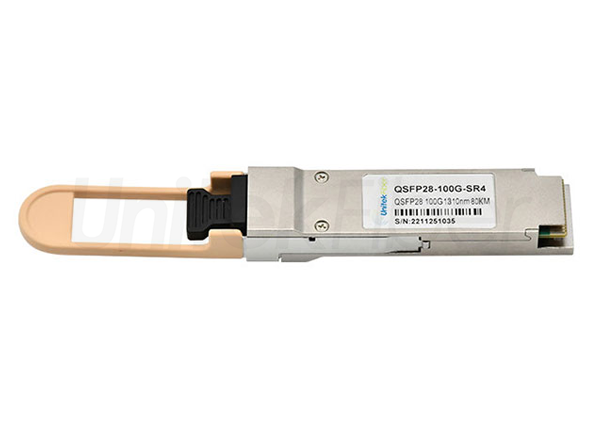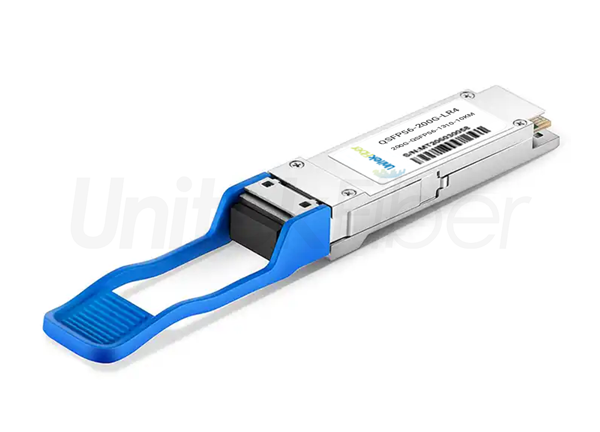
Optical transceiver plays a importance role in modern network communication infrastructure, seamlessly converting electrical signals into optical signals. Understanding their basic structure and operating principles is essential to understanding their role in facilitating high-speed data transmission.
100G Transceiver Module
100G fiber module is an optical module with a rate of 100G. Here “G” is the unit of optical signal transmission rate (Gbps). The commonly used package is QSFP28, which has 4 independent optical signal transmission and receiving channels, and the transmission rate of each channel is 25G.

400G Transceiver Module
400G optical module supports a transmission rate of 400Gbps, which is an extremely high data transmission rate that can meet the needs of large-scale data centers and high-performance computing. 400G fiber modules usually use a variety of interface types, including QSFP-DD (quad small form-factor pluggable double density), OSFP (octal small form-factor pluggable), etc. These interface types provide high-density port configurations and increased bandwidth.

800G Transceiver Module
800G optical transceiver is a high-speed data transmission devices that provide extremely high data transmission rates and can meet the rapidly growing data traffic requirements. Typically, 800G transceiver uses a new generation of interface types to support higher bandwidth requirements and transmission rates. These may include emerging interface standards such as QSFP-DD and OSFP.
Transmission Distance: 100G transceiver module usually supports multi-mode fiber transmission distances up to 100m and single-mode fiber transmission distances up to 100km. For 400G transceiver, the transmission distance of multi-mode fiber is limited to about 100m, while the transmission distance of single-mode fiber can be extended to tens of kilometers. Similarly, 800G transceiver are also adapted to various transmission distances, including short-distance multi-mode fiber (MMF) and long-distance single-mode fiber (SMF) to meet different application scenarios.
Power Consumption & Cost: As the fiber module speed increases, power consumption becomes higher and the cost will also increase. The 800G transceiver module has a high transmission rate and high power consumption, and requires more powerful heat dissipation and power supply system support.
Performance: 100G optical module is suitable for medium-scale data transmission needs and have stable performance. 400G optical transceiver provides higher data transmission rates and are suitable for large-scale data centers and high-bandwidth demand scenarios. 800G transceiver have the highest transmission rate and are suitable for scenarios with extremely high bandwidth requirements such as ultra-large-scale cloud computing and artificial intelligence.
800G transceiver module has powerful performance, doubling network throughput, significantly improving the data transmission rate and processing power of data centers and cloud computing. In addition, it can also reduce costs and energy consumption while improving network stability and reliability. This makes 800G fiber transceiver a popular choice in the data center and cloud computing markets. With the development of the Internet of Things and the widespread application of 5G networks, the demand for high-speed and large-capacity networks continues to increase. It will further drive the market demand for 800G optical modules.



